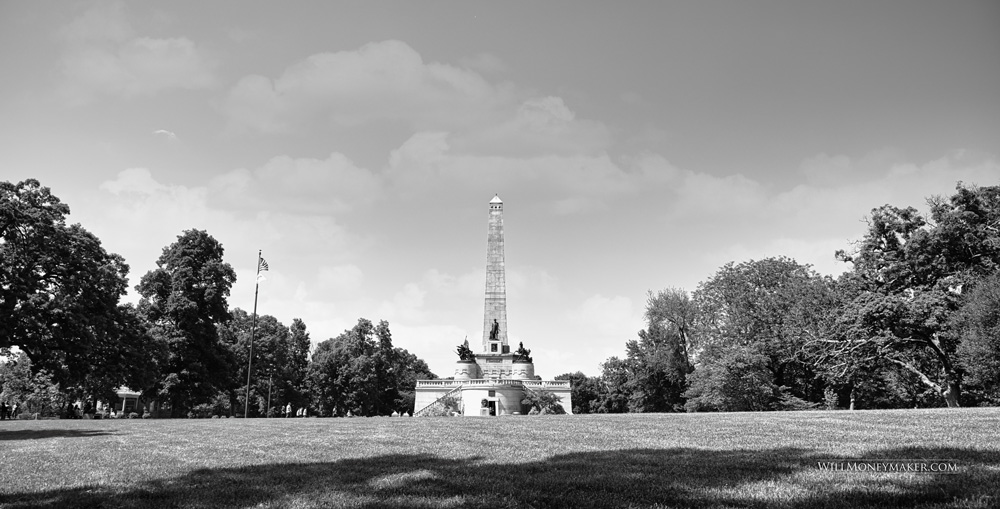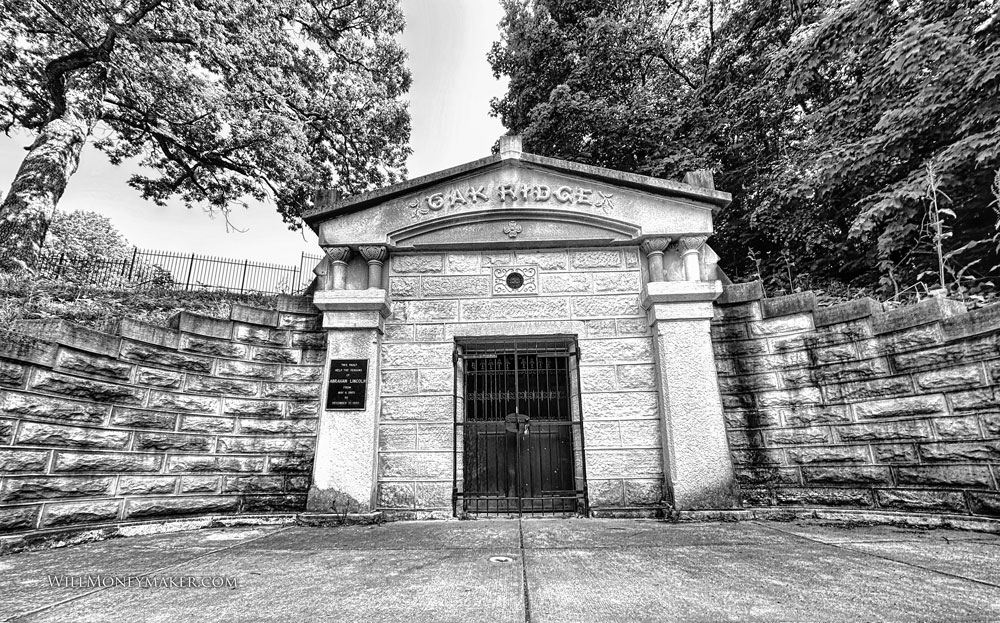The Lincoln Tomb, located in Oak Ridge Cemetery in Springfield, Illinois, serves as a lasting memorial to one of America’s most revered presidents, Abraham Lincoln. Designed by Larkin G. Mead Jr., this magnificent structure stands as a symbol of the nation’s gratitude and remembrance for Lincoln’s leadership during a critical period in American history. In this article, we will explore the fascinating history, architecture, and significance of the Lincoln Tomb, shedding light on its construction, the architects involved, the statues adorning its premises, and the reasons behind the multiple relocations of Lincoln’s remains.
In the aftermath of Abraham Lincoln’s assassination in 1865, the National Lincoln Monument Association was established with the aim of constructing a fitting tribute to the fallen president. Led by then-Governor Richard J. Oglesby, the association embarked on a fundraising campaign to support the construction of the memorial.
In September 1868, a national design contest was announced by the Lincoln Monument Association, aiming to select the most fitting design for the tomb. Vermont-born sculptor Larkin G. Mead emerged as the winner. Mead had studied sculpture in Europe, and his artistic abilities had been noticed and recognized at a young age. His design of the monument stands the test of time and still inspires awe and admiration today.

Raising money for the project was relatively easy, as Lincoln was so admired by so many people. There was a lot of willingness to contribute to building a magnificent monument for him. Construction of the monument began on September 9, 1869. The process would take several years, but the result would be a truly exceptional architectural tribute to Abraham Lincoln’s legacy.
Larkin Mead’s design features a 117-foot tall granite obelisk, quarried from Quincy, Massachusetts. The design also incorporates elements symbolizing Lincoln’s role in preserving the Union during the Civil War. At the base of the tomb sits the burial chamber, where the remains of Lincoln, his wife Mary Todd Lincoln, and their sons Willie, Eddie, and Tad rest in eternal peace.
The Lincoln Tomb is adorned with various statues and symbols that hold significant meaning in relation to Lincoln’s life and legacy. At the entrance, visitors are greeted by a bronze bust of Abraham Lincoln, created by renowned sculptor Gutzon Borglum. As people make their way towards the tomb, they encounter four imposing bronze statues representing the different branches of the military during the Civil War – cavalry, infantry, navy, and artillery. These statues stand as a testament to the sacrifices made by the armed forces in preserving the Union.
The tomb itself features a plaque depicting the U.S. Coat of Arms, symbolizing the Constitution. Above it, a statue of Abraham Lincoln stands, representing his authority as the nation’s leader during a time of crisis. The names of the states engraved in shields below the statues represent the unity of the Union, with additional names added as new states were formed.

On May 4, 1865, the body of Abraham Lincoln arrived at Oak Ridge Cemetery, where it was placed in the receiving vault alongside the coffin of his son, Willie, who had passed away three years prior. This marked the beginning of a long journey towards the construction of a permanent resting place for the revered president.
Due to the lengthy construction process, a temporary vault was built on the cemetery grounds, and on December 21, 1865, Lincoln’s body was moved there. In addition to Lincoln, the remains of his sons Willie and Eddie were also transferred to the temporary tomb. This arrangement provided a temporary solution while the monument took shape.
This was not the only time Lincoln’s remains, and those of his family, were to be moved while awaiting completion of the monument. During its construction, Lincoln’s body was moved a number of times. From the initial placement in the public receiving vault, to the temporary tomb, and finally to the completed Lincoln Tomb, Lincoln’s body was moved a total of 17 times.
Part of the reason for all of the moves was the intense public interest in Lincoln as a person and as a symbol of the preserved union of the United States. Due to curiosity seekers and treasure hunters, the location of the body had to keep being relocated until it had a permanent home at the monument. In fact, a plot was uncovered to steal Abraham Lincoln’s body and hold it for ransom in 1876. The plan was foiled, but it underscores the immense reverence and fascination that surrounded Lincoln.

Because of the security concerns regarding Lincoln’s remains, the coffin containing them was opened several times during the construction of the monument. This was done to ID him, to make sure it was actually Lincoln in there, and that the remains had not been stolen. An ID check was usually done each time the remains were moved, as well as at other times when their security was in question.
After years of construction and anticipation, the Lincoln Tomb was finally completed, with the dedication taking place on October 15, 1874. A large crowd gathered to witness this historic event, and notable speakers such as Richard J. Oglesby and Ulysses S. Grant addressed the audience. The exterior statue of Abraham Lincoln was unveiled, adding to the grandeur of the memorial.
Finally, on September 26, 1901, after multiple relocations, Abraham Lincoln’s remains found their final resting place within the Lincoln Tomb. The coffin was secured in a reinforced chamber below the floor, ensuring that Lincoln’s memory would be forever preserved in this magnificent mausoleum.
The Lincoln Tomb stands as a tribute to the enduring legacy of Abraham Lincoln and the sacrifices made during the Civil War. Designed by Larkin G. Mead Jr., this grand monument pays homage to Lincoln’s leadership and the resilience of the Union forces. With its striking statues, powerful symbolism, and the multiple relocations of Lincoln’s remains, the Lincoln Tomb serves as a solemn reminder of the importance of preserving and honoring the memory of those who have helped shape the course of history.






